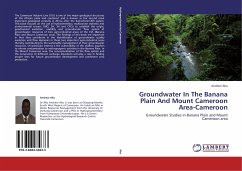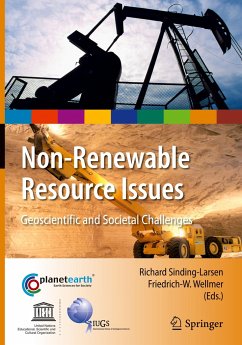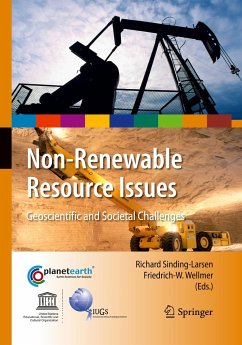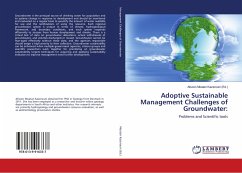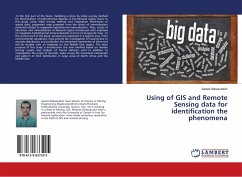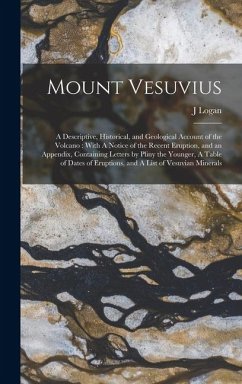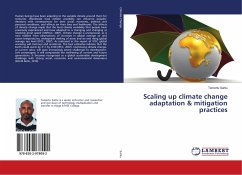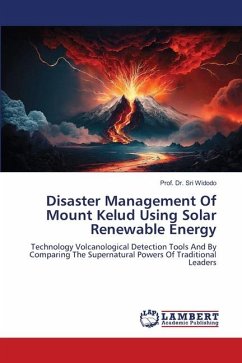
Disaster Management Of Mount Kelud Using Solar Renewable Energy
Technology Volcanological Detection Tools And By Comparing The Supernatural Powers Of Traditional Leaders
Versandkostenfrei!
Versandfertig in 6-10 Tagen
53,99 €
inkl. MwSt.

PAYBACK Punkte
27 °P sammeln!
Mount Kelud erupted six times in a row, namely in 1586, 1919, 1951, 1966, 1990, and 2014.The last eruption of Mount Kelud was on 13 February 2014 at around 22:50 WIB. Despite the latent danger of the eruption of Mount Kelud, according to social reality, people still choose to live on the slopes of Mount Kelud. Prior to the eruption of Mount Kelud, an evacuation process was carried out for residents of Kediri District who lived within a radius of 10 km from the summit of Mount Kelud. The evacuation of affected residents was carried out by the authorities of the East Java Provincial Government a...
Mount Kelud erupted six times in a row, namely in 1586, 1919, 1951, 1966, 1990, and 2014.The last eruption of Mount Kelud was on 13 February 2014 at around 22:50 WIB. Despite the latent danger of the eruption of Mount Kelud, according to social reality, people still choose to live on the slopes of Mount Kelud. Prior to the eruption of Mount Kelud, an evacuation process was carried out for residents of Kediri District who lived within a radius of 10 km from the summit of Mount Kelud. The evacuation of affected residents was carried out by the authorities of the East Java Provincial Government and the Kediri Regional Government, assisted by the local TNI and Polri. The number of evacuated residents is around 201,228 people or around 58,341 families.The eruption of Mount Kelud has resulted in 7 fatalities, material and infrastructure losses, as well as social, economic, cultural and psychological losses to the people of Kediri. BNPB, the East Java Provincial Government and the Kediri Local Government have assisted the reconstruction and rehabilitation process after the Kelud mountain disaster.




